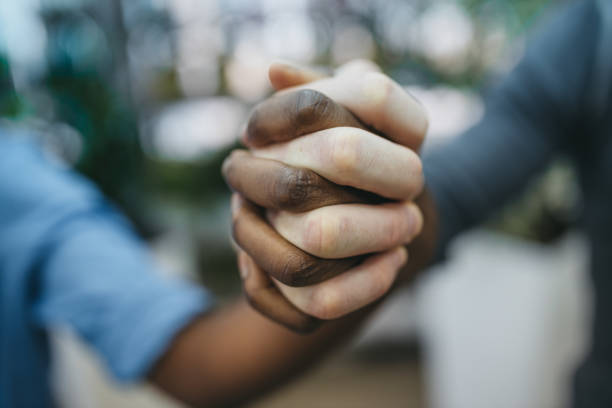Stories can give people problem-solving skills and empathy by presenting complex situations and diverse perspectives that encourage readers to think critically and emotionally connect...
Crime and social injustice are intertwined in a complex web. While it’s often thought that social injustice leads to crime, the reverse can also be true: crime can exacerbate and even create social inequalities.
11 Ways on How Crime Could Contribute to Social Injustice
Here’s an exploration of eleven ways in which crime contributes to social injustice:
- Marginalization of Communities: High crime rates in specific neighborhoods can lead to these areas being labeled as “dangerous,” resulting in further marginalization and reduced opportunities for residents.
- Racial Profiling: Some crimes, often driven by broader societal stereotypes, can lead to racial profiling. This reinforces prejudices and can make certain racial or ethnic groups disproportionately the targets of law enforcement.
- Economic Disparities: Crimes like theft, fraud, or white-collar crimes can exacerbate economic disparities. Victims, especially if uninsured, may face significant financial setbacks, while the wealthy or connected perpetrators might escape severe consequences.
- Broken Window Theory: Minor crimes or acts of public disorder, like vandalism, can lead to a decline in community morale. This often results in decreased property values, further pushing communities into poverty.
- Victim Blaming: In cases of sexual assault or domestic violence, victims are sometimes blamed based on their behavior or attire. This not only perpetuates gender inequalities but also discourages victims from seeking justice.
- Impact on Mental Health: Exposure to crime, either as a victim or witness, can have profound mental health effects. In societies where mental health resources are scarce or stigmatized, this creates another layer of injustice.
- Drug-related Crimes: The criminalization of drug use disproportionately impacts certain demographic groups, often sidelining them from opportunities and casting long shadows on their futures due to criminal records.
- Prison Industrial Complex: The commercialization of prisons can lead to an unjust emphasis on incarceration as a solution, with a disproportionate number of minorities and economically disadvantaged individuals populating these prisons.
- Youth Criminalization: Crimes committed by youth can lead to early and severe punitive measures. Instead of rehabilitation or education, these individuals face punitive systems, hampering their chances for a prosperous future.
- Property Values and Gentrification: High crime rates can decrease property values. However, once a neighborhood is seen as an “up-and-coming” area for developers, long-time (often lower-income) residents can be pushed out, furthering economic and social divides.
- Distrust in Law Enforcement: Repeated incidents of police misconduct, especially if unchecked, can lead to significant distrust in law enforcement agencies. This creates a divide between the community and the police, making collaborative efforts toward safety and security more challenging.
The relationship between crime and social injustice is multifaceted. Crime doesn’t just result from societal inequalities; it can also amplify and perpetuate them. Addressing this cycle requires a comprehensive understanding of the socio-economic factors at play and the implementation of holistic and just policies.




